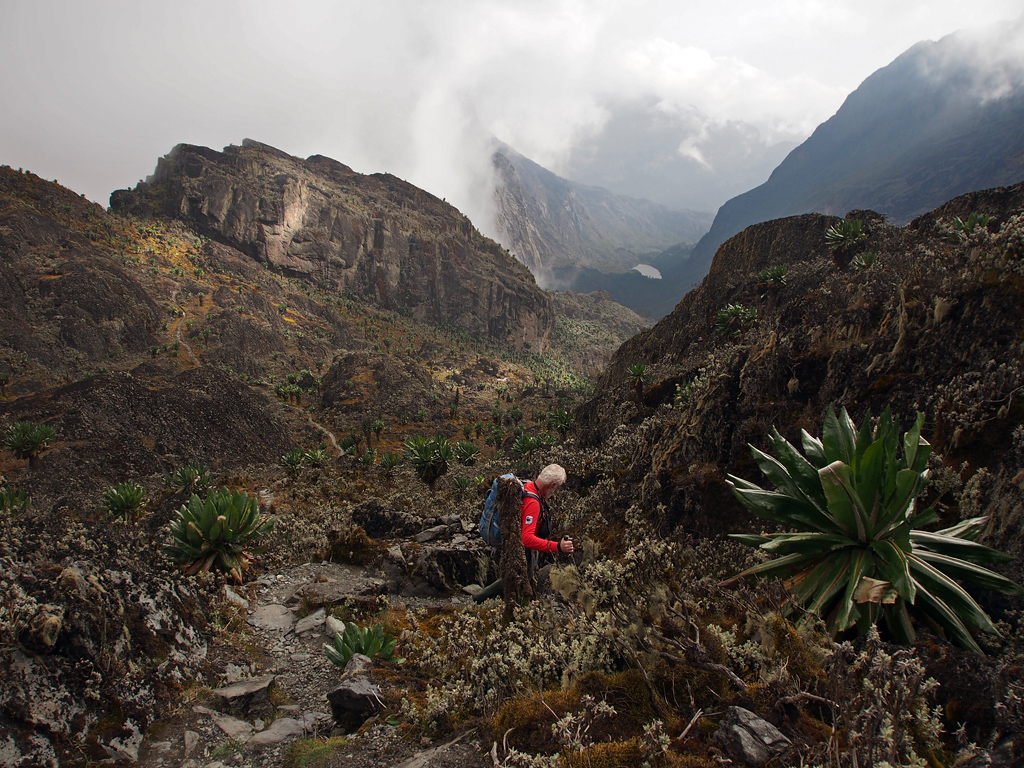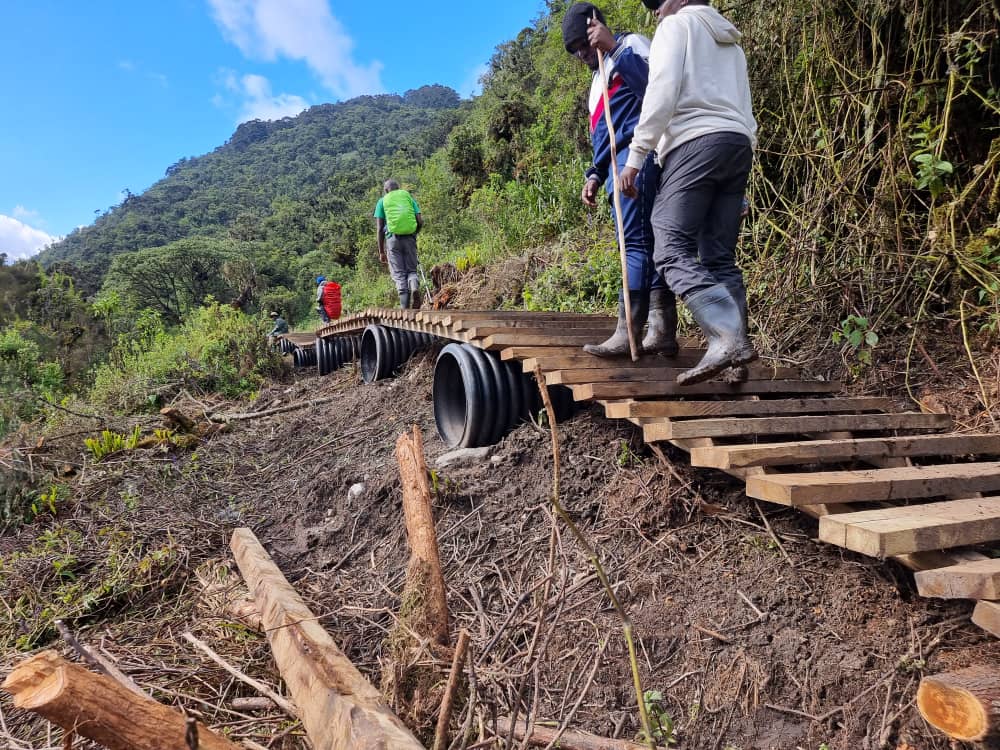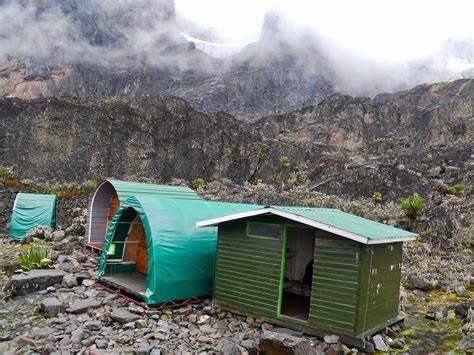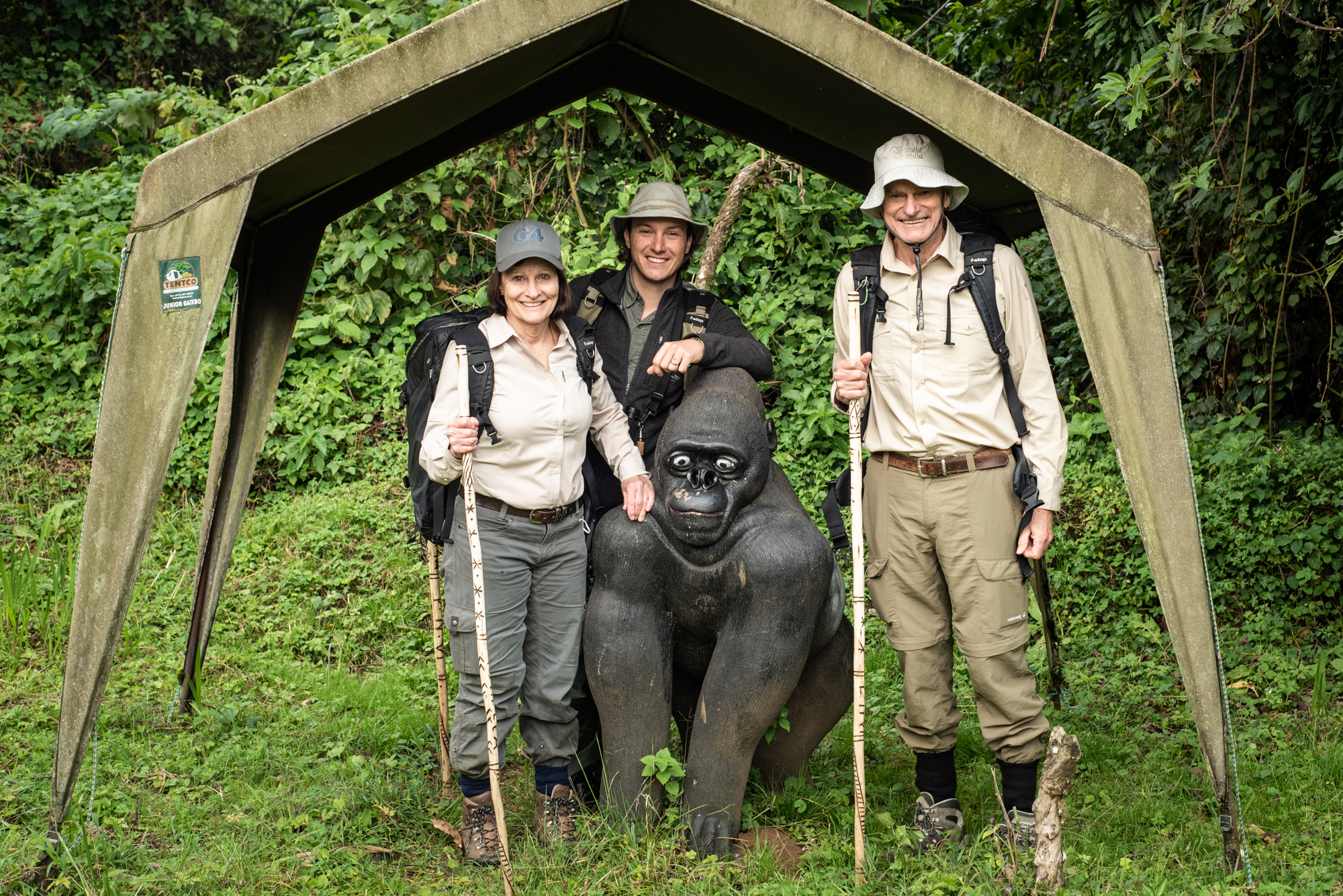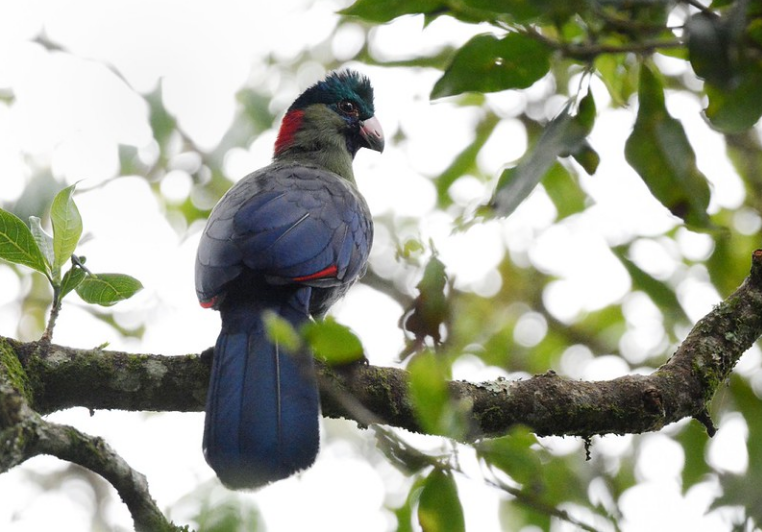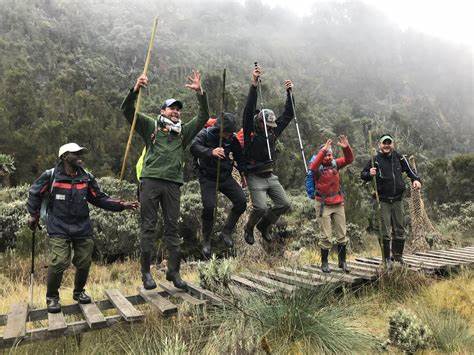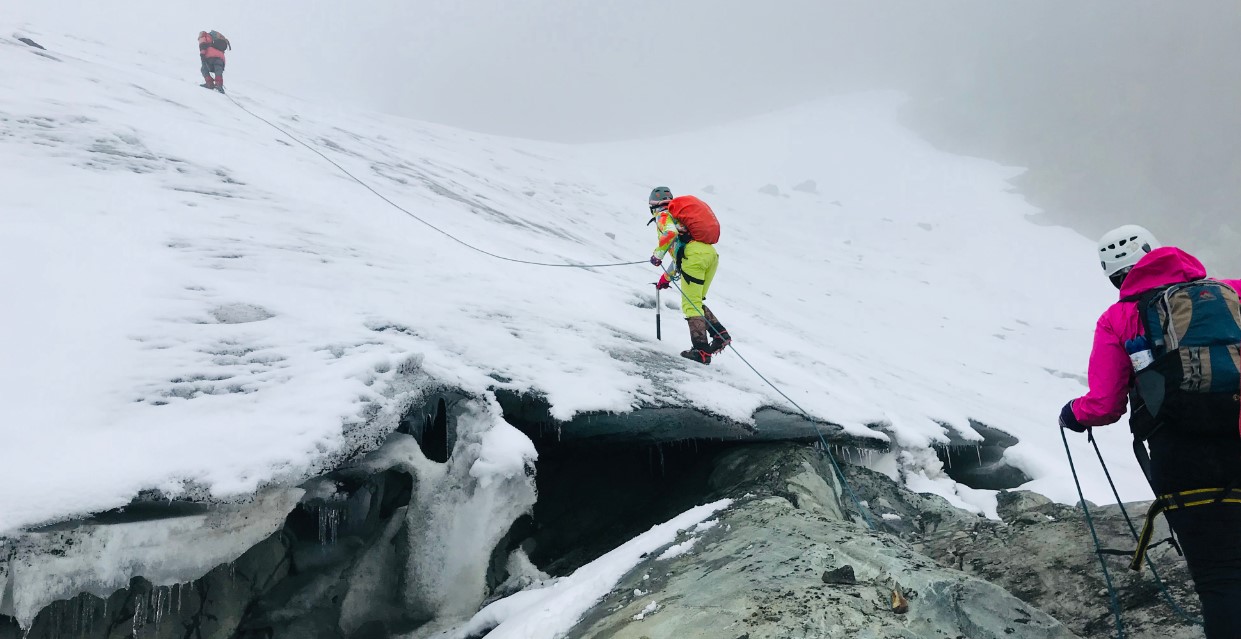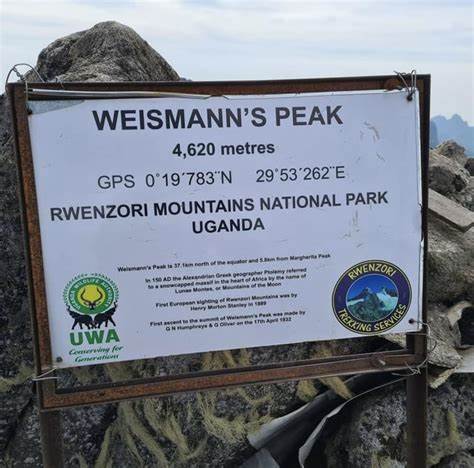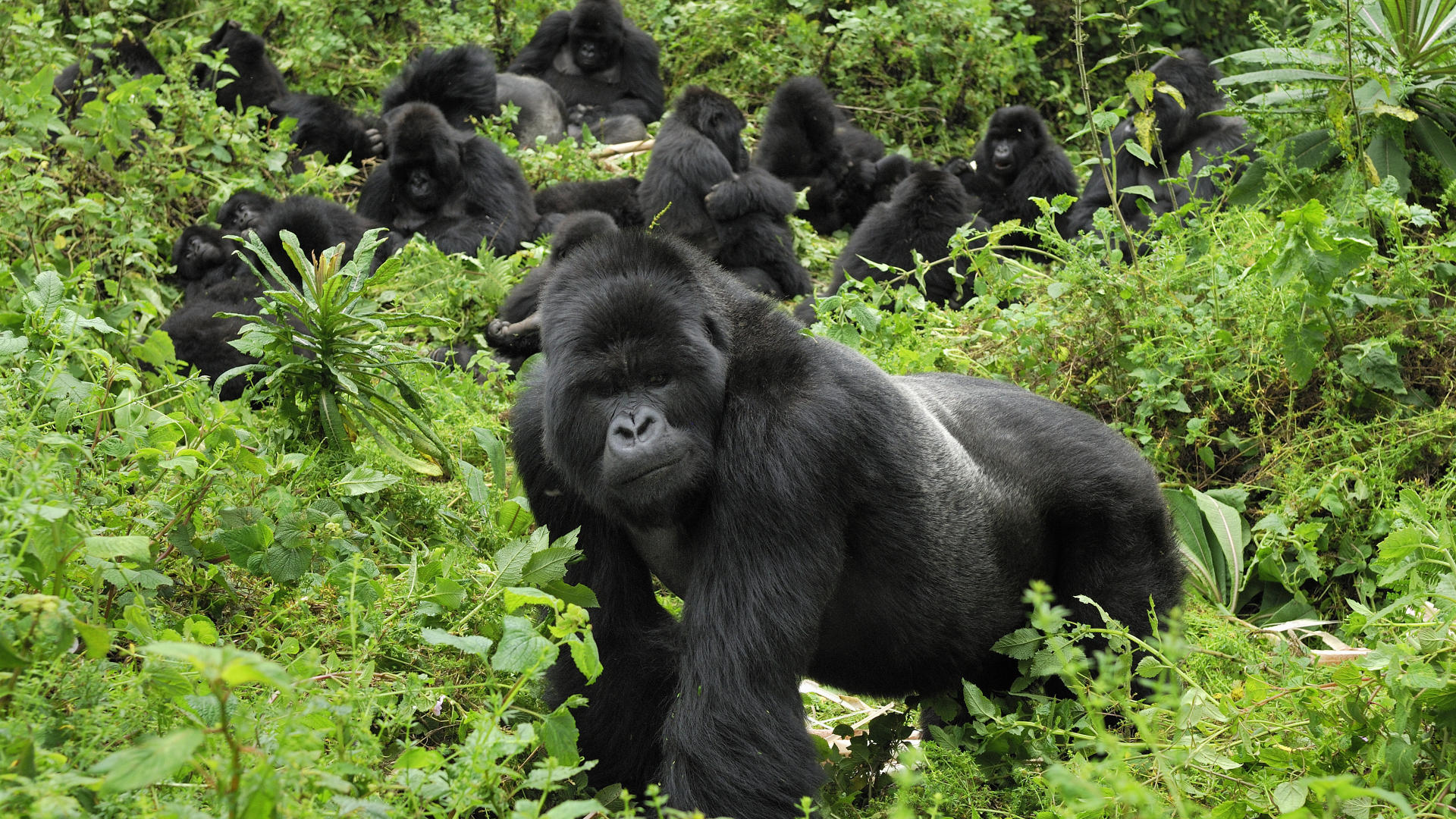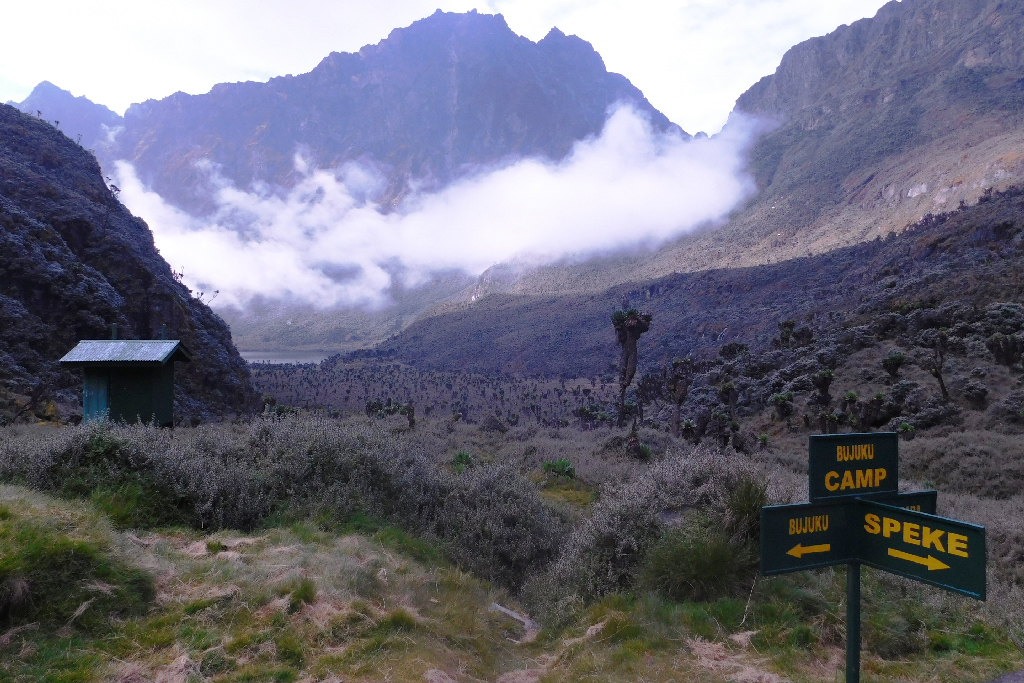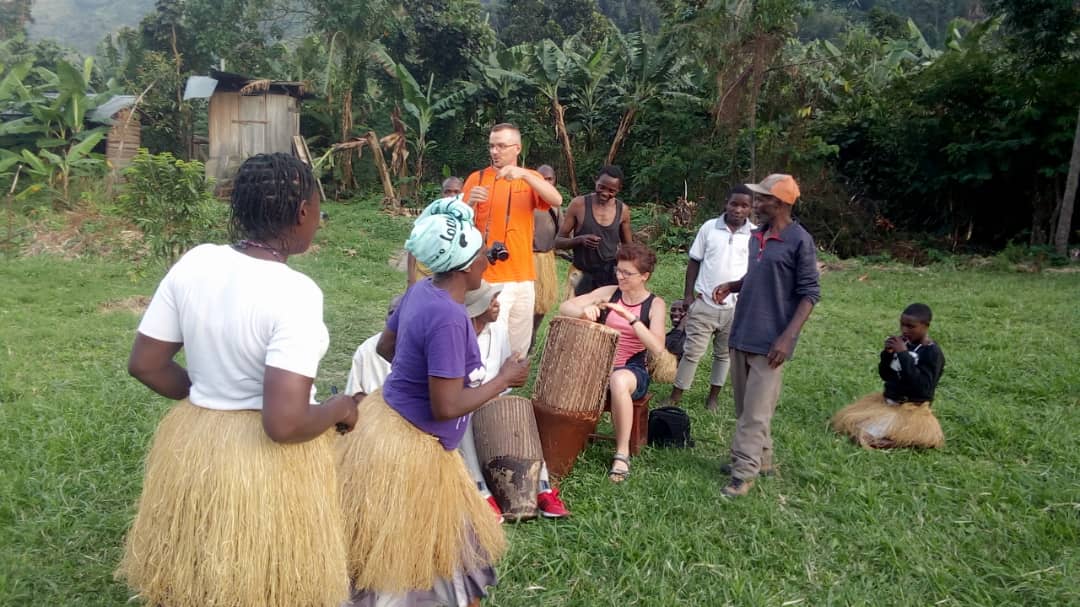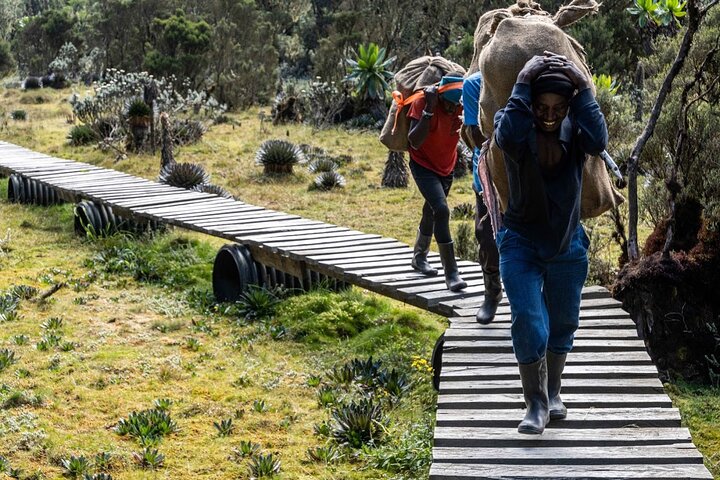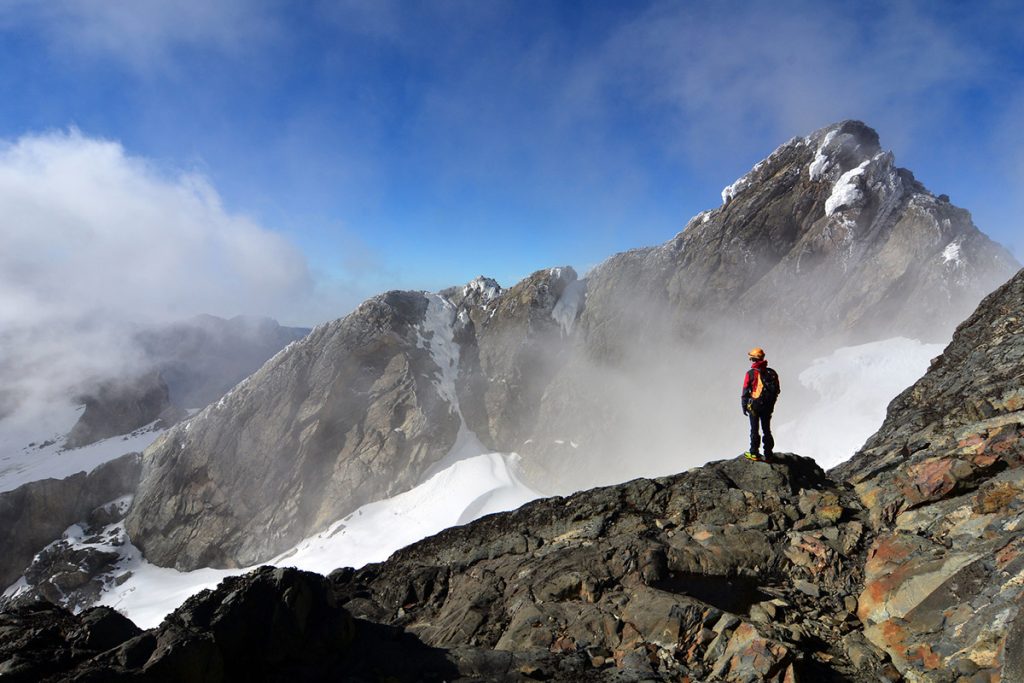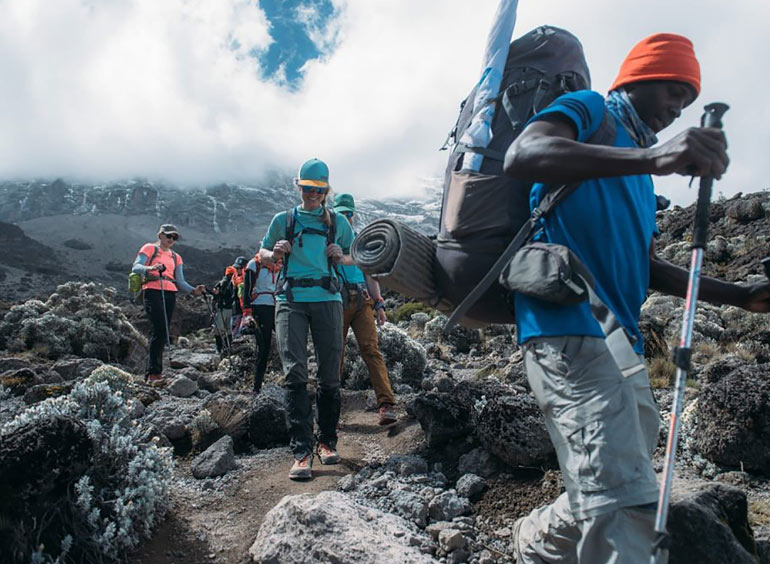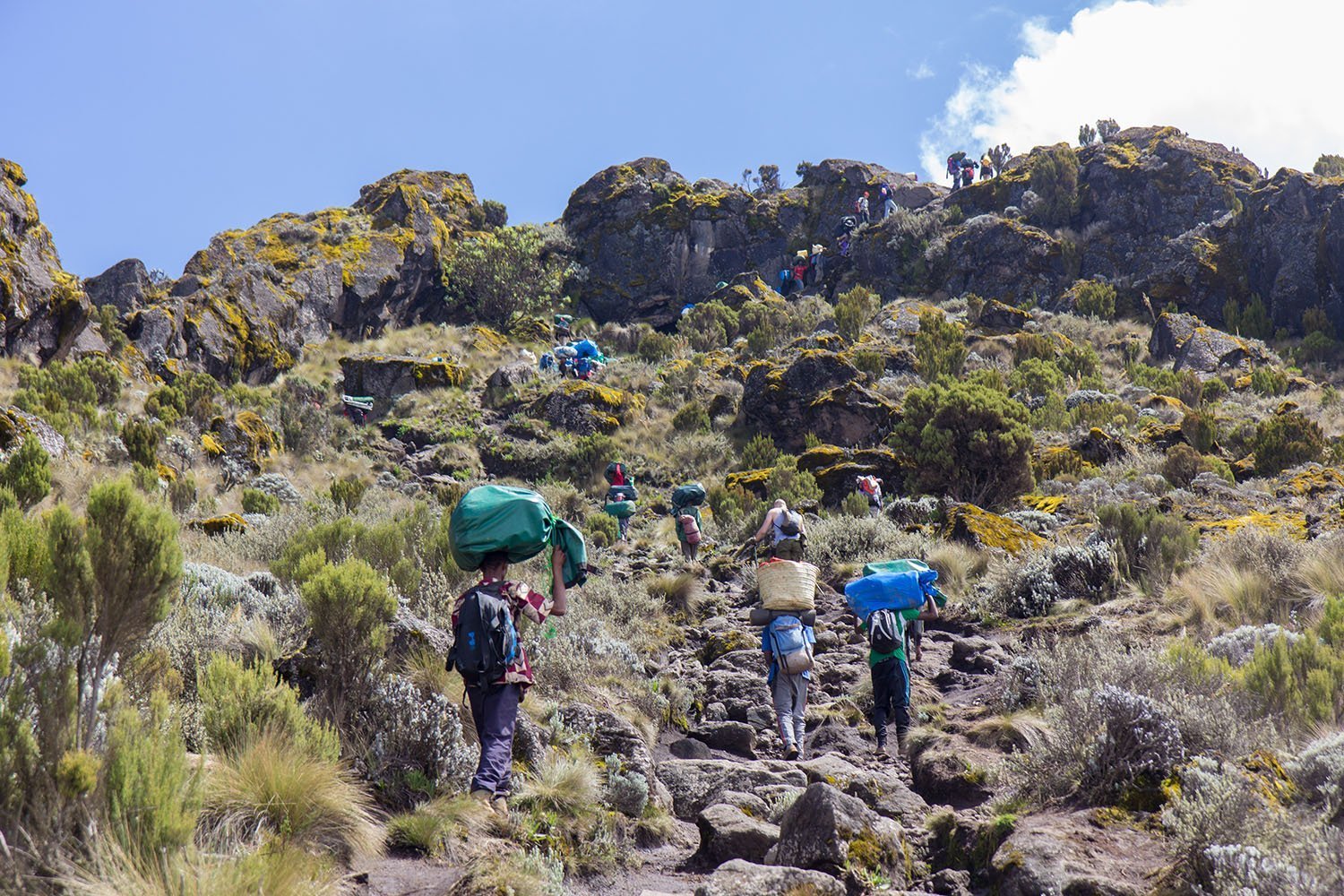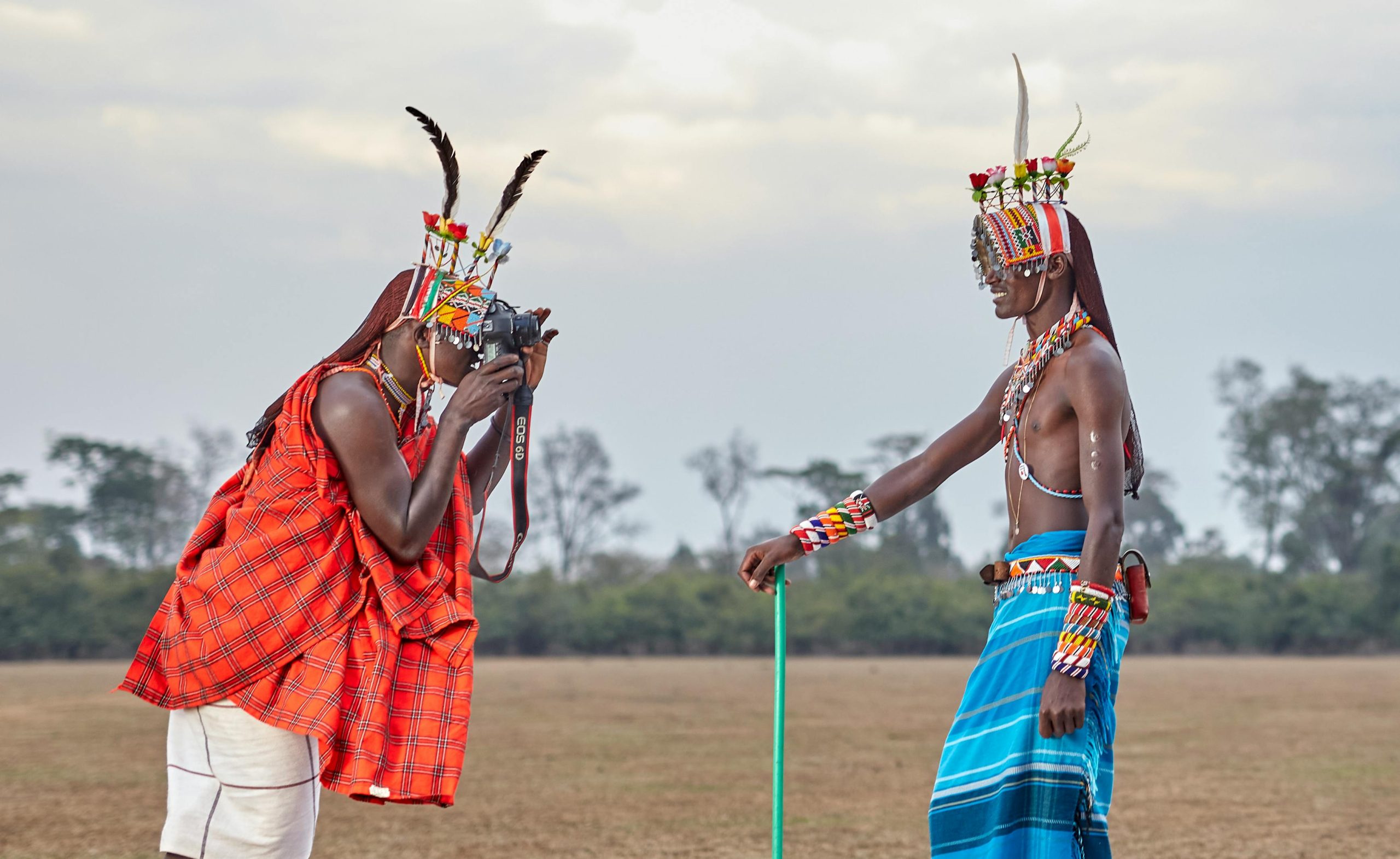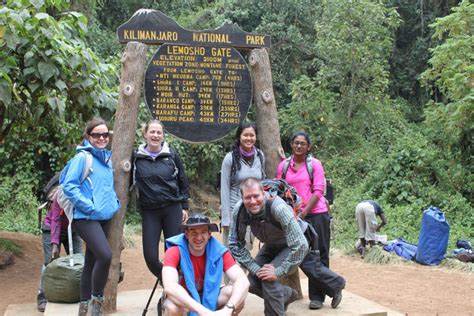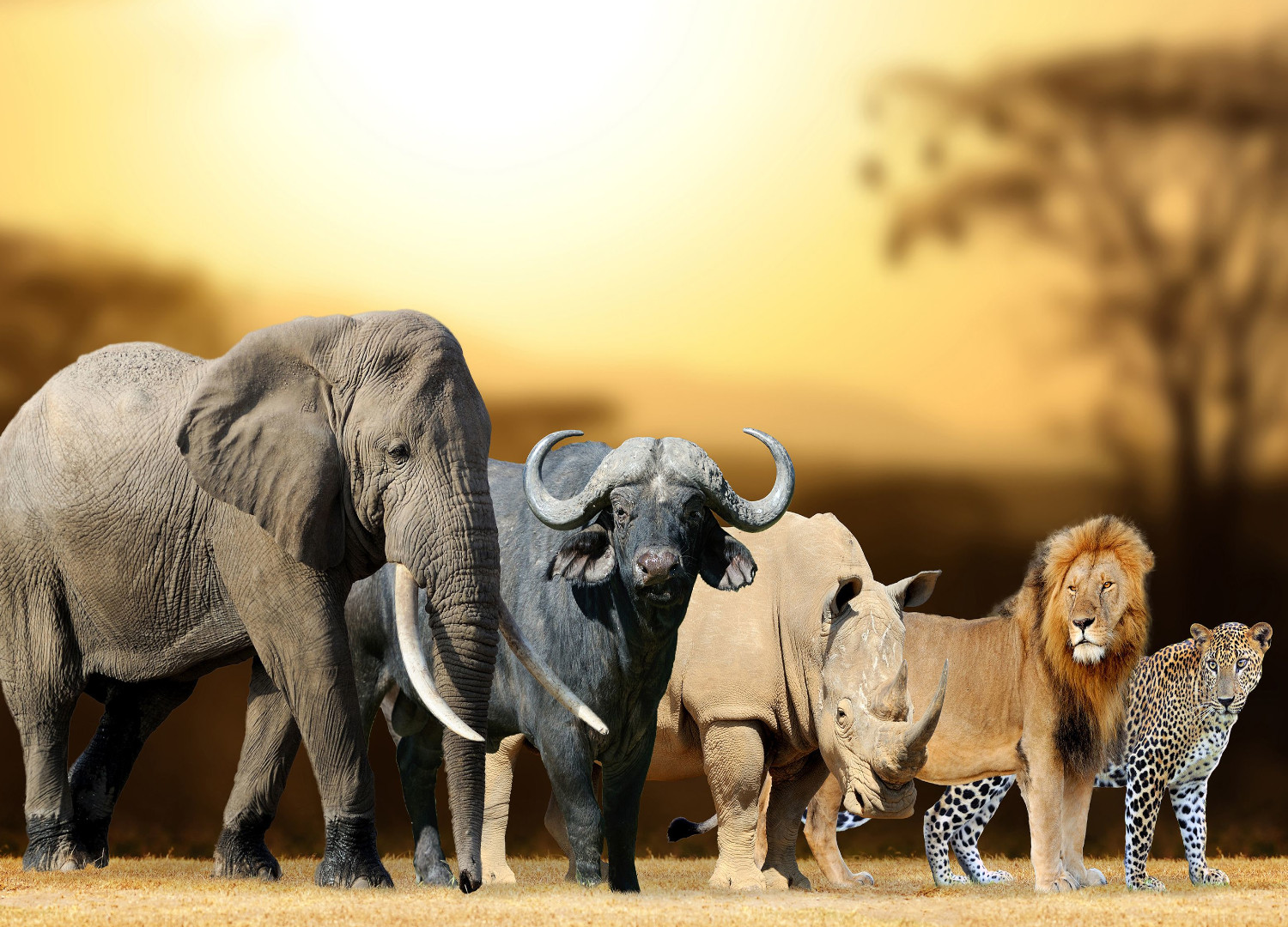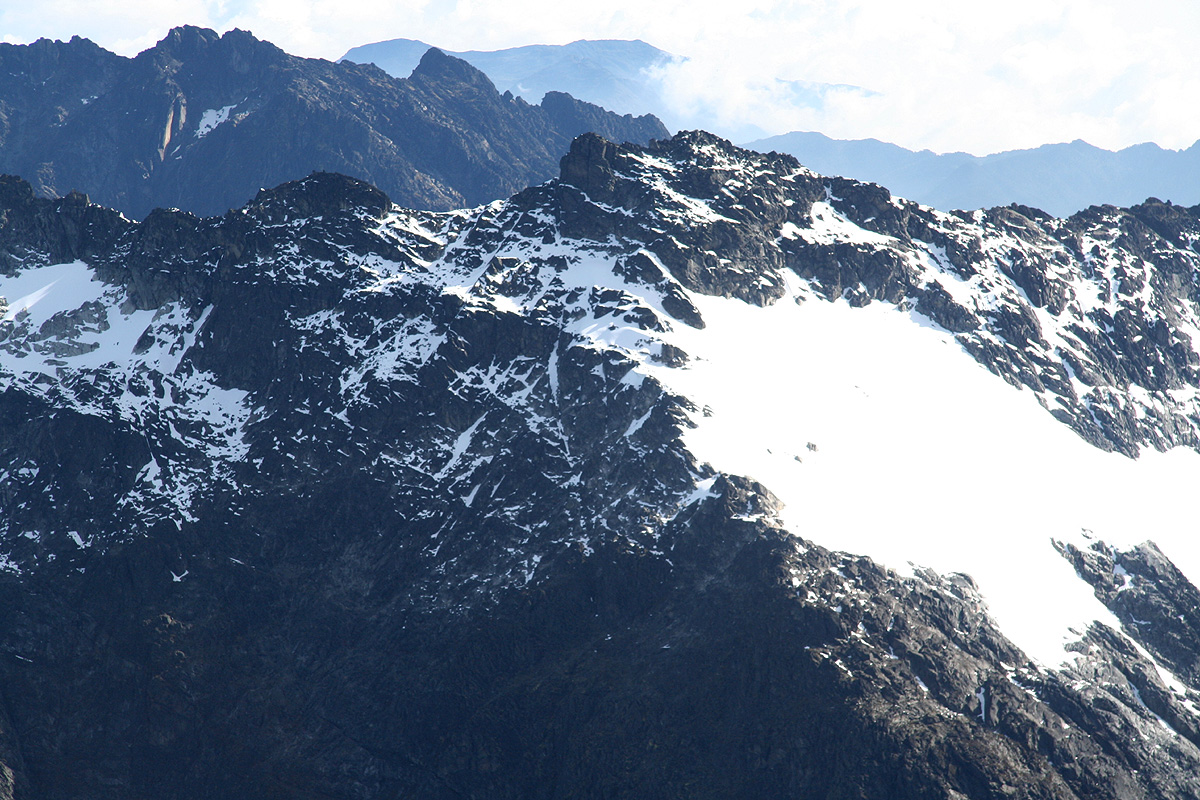
Worst/Best Time to Visit Rwenzori Mountains: A Month By Month Guide
The Rwenzori Mountains in Uganda are one of Africa’s top mountain climbing and trekking destinations. The Rwenzori mountains range and peaks, known for its mystical beauty and rough landscape. It is a dream destination for adventurers looking for amazing mountain Rwenzori mountains trekking adventures and climbing expeditions. Understanding the worst/best time to visit Rwenzori mountain in Uganda is essential for fully enjoying it.
In this guide, we will look at the worst/best times to trek the Rwenzori Mountains in Uganda. Break down the seasonal climate and hiking conditions for both high and low seasons, and provide useful advice for organizing your mountain Rwenzori climbing trip.
Why Visit Rwenzori during the Dry Season?
- Fewer Rain-Related Challenges: The drier conditions make the Rwenzori trekking trails less slippery, and river crossings are safer due to lower water levels.
- Visibility: Clear skies often provide breathtaking views of the mountain Rwenzori peaks, including the iconic Margherita Peak, Africa’s third-highest summit.
- Better Hiking Experience: Trekkers enjoy an overall smoother Rwenzori mountains hiking adventure with less mud, more stable trails, and comfortable camping conditions.
Best time to visit Rwenzori/Climbing Rwenzori in the High Season (Dry Season)
The high season is the peak period for trekking in the Rwenzori Mountains in Uganda. Hence the best time to visit Rwenzori mountain for trekking tours. This season coincides with the dry months, where conditions are optimal for long hikes, climbing, and camping in the high-altitude areas of the Rwenzori mountains.
Key Features of High Season mount Rwenzori Hiking:
- Easier Trail Navigation: The dry weather makes the trails more accessible for hikers of all skill levels. Rwenzori Mountains trekking in Uganda during this time offers fewer obstacles such as slippery rocks or muddy slopes, making it perfect for the best hiking trails and guided trekking tours.
- Higher Demand for Hiking Groups: Rwenzori trekking tours and group hikes are more common during the high season, offering opportunities to join other adventurers on well-planned expeditions.
- Ideal for Multi-Day Treks: Routes like the Central Circuit and the Kilembe Trail are easier to navigate, providing a safer and more comfortable experience for multi-day trekking.
- Top-Rated Trekking Tours: Most tour operators like Kilimanjaro Rwenzori organize trekking tours during the high season. Hence, makes it the best time to book for those interested in guided mountain Rwenzori hikes with experienced mountain guides.
Best months for high season mount Rwenzori trekking:
- December to February: With moderate temperatures and minimal rainfall, this period is ideal for mountain Rwenzori trekkers looking to explore the mid to high altitudes in Uganda.
- June to August: Cooler temperatures make it easier for climbers on mount Rwenzori to handle the physical demands of trekking at high elevations. This season is especially popular for those aiming to reach the summit.
Pro Tips for High Season mountain Rwenzori Climbers:
- December to February: With moderate temperatures and minimal rainfall, this period is ideal for mountain Rwenzori trekkers looking to explore the mid to high altitudes in Uganda.
- June to August: Cooler temperatures make it easier for climbers on mount Rwenzori to handle the physical demands of Rwenzori trekking at high elevations. This season is especially popular for those aiming to reach the summit.
Worst time to visit Rwenzori/Climbing Rwenzori in the Low Season (wet Season)
The low season, falling between March-May and September-November, is marked by frequent rainsHence, pose more challenges for Rwenzori trekkers. Therefore the worst time to visit Rwenzori is between March-May and September-November. However, for seasoned hikers and adventurers, this period offers a unique and exhilarating experience of the Rwenzori Mountains in their raw, untouched beauty in Uganda.
Key Features of Low Season mount Rwenzori Hiking:
- More Challenging Trails: Heavy rainfall turns the Rwenzori trekking trails into slippery, muddy paths, requiring higher endurance, skill, and proper gear. The mountains receive significant rain, and river crossings can become difficult.
- Fewer Crowds: If you seek solitude and fewer Rwenzori hikers on the trails, the low season provides a quieter, more personal hiking experience.
- Lush Vegetation: The wet season brings the mountains to life, with vibrant green landscapes, roaring waterfalls, and blooming alpine flora, making for an awe-inspiring trekking environment.
- Wildlife and Birdwatching: Rainy seasons are also a prime time for spotting the diverse fauna and bird species that inhabit the Rwenzori Mountains.
Best months for Low Season mount Rwenzori Hiking:
- March to May: Heavy rains in March and April make the Rwenzori trekking routes very challenging, suitable only for experienced hikers with proper preparation for mountain Rwenzori climbing.
- September to November: The rain eases slightly in October, but the Rwenzori trekking trails remain difficult. However, these months are still manageable for those seeking an off-peak adventure.
Pro tips for Low Season mount Rwenzori Hikers:
- Waterproof Gear: Invest in high-quality gear for example waterproof hiking boots, rain jackets, and dry bags to protect your gear from the relentless rains.
- Prepare for Slippery Trails: Trekking poles and extra caution are essential when navigating the wet, slippery terrain.
- Choose a Knowledgeable Mountain Guide: The low season also known as the worst time to visit Rwenzori presents additional trekking challenges. So it’s essential to hire an experienced Rwenzori trekking guide who knows how to manage risks and navigate difficult sections of the mountain.
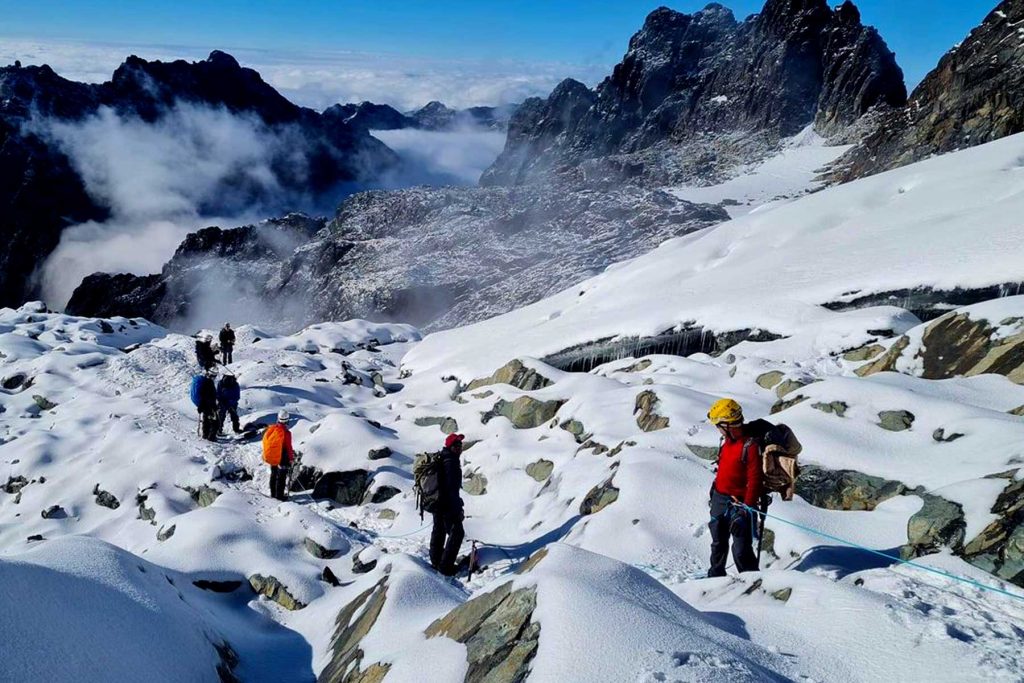
Worst/Best Time to Visit Rwenzori Mountains: A Month By Month Guide
December to February(Dry season):
- Weather: Clear and dry, with temperatures between 10°C and 20°C at lower elevations.
- Best For: Novice hikers, family hiking groups, and those looking for an easier trekking experience.
- Expectations: Ideal Rwenzori trekking weather with clear and dry trails and great summit vistas.
March to May (wet season):
- Weather: Heavy rain, with high altitude temperatures falling below freezing.
- Best For: Experienced Rwenzori trekkers who don’t mind muddy and slippery terrain.
- Expectations: Harsh conditions, but fantastic scenery with blooming flora and flowing streams.
June to August (Dry season):
- Weather: Dry and cooler, with clearer skies and minimal rain. High-level photography is easier with better light for best effect.
- Best For: All people, particularly for trekkers who want to reach Margherita Peak of the Rwenzori mountains.
- Expectations: Excellent Rwenzori trekking tours with top-rated guides, clearer trails, and the best opportunities for photography.
September to November (Wet season):
- Weather: Rainy and wet, with heavy downpours and fog at higher altitudes.
- Best For: Hardcore adventurers seeking solitude and a more demanding mountain Rwenzori trekking experience.
- Expectations: Less and quieter Rwenzori mountains hiking experience but challenging because of muddy and slippery trails.
Practical tips for visiting the Rwenzori mountains in Uganda
- Acclimatization: Season or not, acclimatization is still necessary in preventing altitude sickness when trekking in the Rwenzori Mountains. Add extra days to acclimatize at the higher altitudes.
- Packing Necessities: Regardless of peak or off-season, never travel without the appropriate gear, including trekking shoes, thermal clothing, and a quality rain jacket.
- Take a Rwenzori trekking Local Guide: Rwenzori mountains trekking guides are priceless, especially during off-season, when trail conditions are worse. They contribute to your whole Rwenzori trekking experience with knowledge of flora, fauna, and local culture.
Conclusion: Worst/best time to visit Rwenzori mountains in Uganda
Visiting the Rwenzori Mountains in Uganda is a rewarding mountain climbing adventure no matter the season. The dry months from December to February and June to August offer the most favorable conditions for Rwenzori trekking, making them the best time to visit Rwenzori mountains.
For those who thrive on solitude and a more intense mountain Rwenzori hiking challenge, the wet seasons from March to May and September to November present a rugged, off-the-beaten-path experience. Hence, that’s the worst time to visit Rwenzori mountains for trekking tours. Whether you’re planning a leisurely hike or a demanding climb to Margherita Peak, Mt Rwenzori promises an unforgettable adventure.
Rwenzori trekking itineraries
Rwenzori Guide
- Rwenzori trekking guide
- When to visit Rwenzori
- How to get to Rwenzori
- Luxury Rwenzori Accommodations
- Budget Rwenzori Accommodations
- Attractions in Rwenzori
Kilimanjaro climbing tours, Tanzania
Kilimanjaro Guide
- Kilimanjaro climbing guide
- Luxury Kilimanjaro Hotels
- Cheap Kilimanjaro accommodations
- Gameparks near Kilimanjaro
Useful links + other African safari packages
- Rwenzori trekking services
- Kilimanjaro Climbing guide
- 3 day gorilla trekking self drive to Bwindi
- Rwenzori trekking guide
- 3 day Queen Elizabeth self drive from Kampala
- self drive Uganda
- Car rentals 4×4 East Africa
- Masai Mara Great Migration
- Serengeti Wildebeest Migration
- Big 5 safari Uganda
- Best time to visit Rwenzori
- what to pack for your trek
- Rwenzori vs Kilimanjaro

